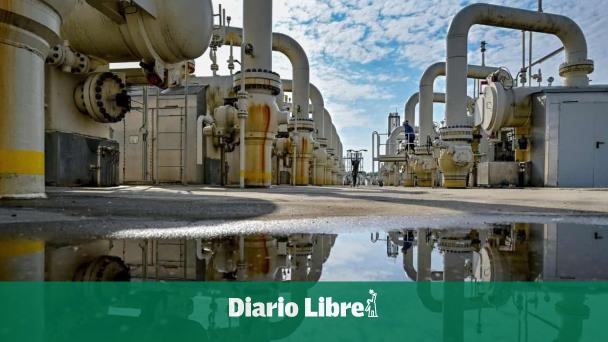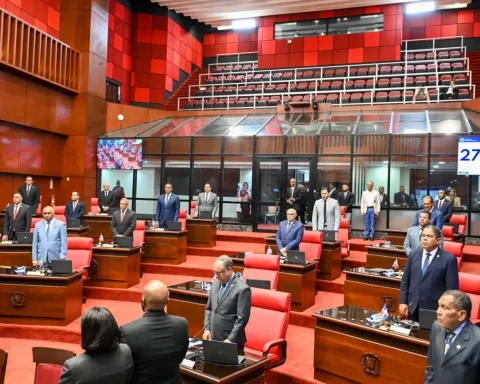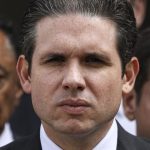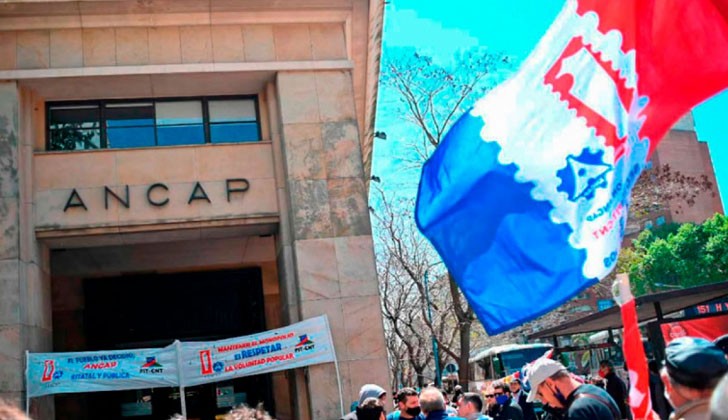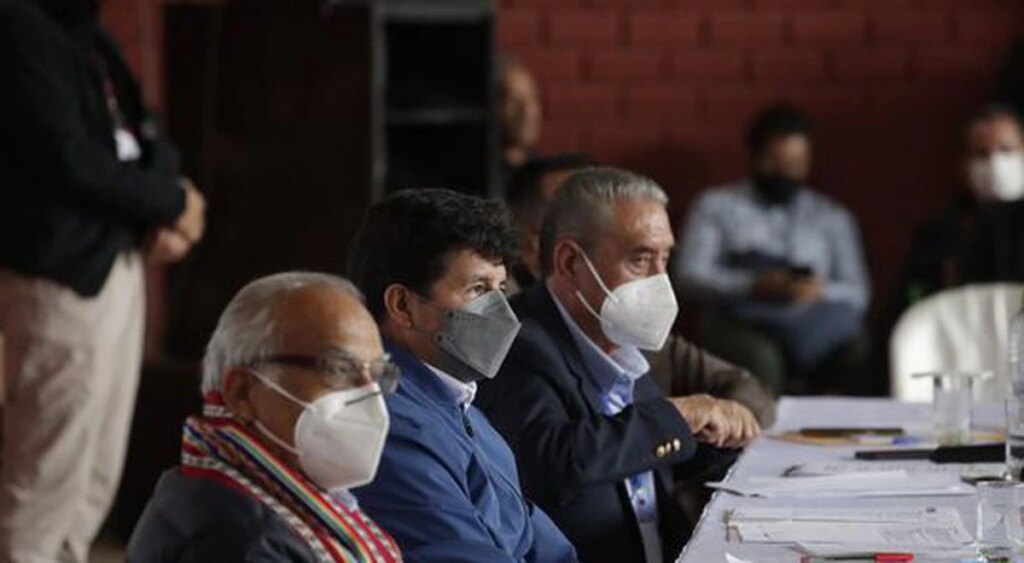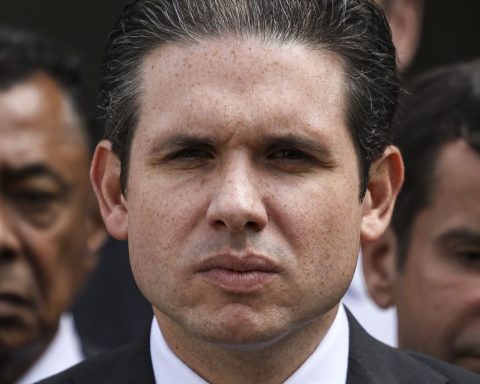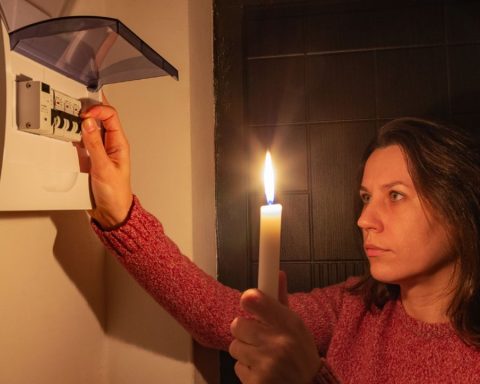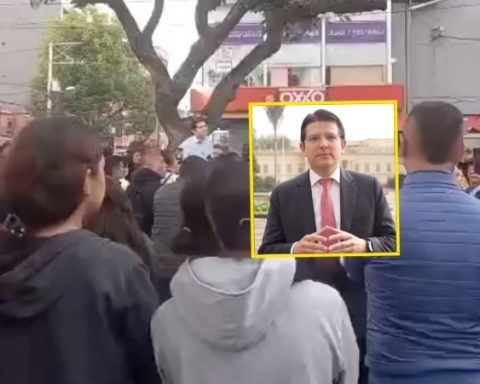What makes European leaders and entrepreneurs sweat is not a heat wave. It is the fear that Russian manipulation of natural gas supplies will cause a political and economic crisis next winter. Or, in the worst case, even sooner.
Here are some things to know about the pressure game around the war in ukraine.
What has happened?
Russia last week reduced gas supplies to five countries in the European Unionincluding Germany, the largest economy in the 27-nation bloc and which relies heavily on gas from Moscow to generate electricity and keep its industry running.
Russian state energy giant Gazprom has cut 60% of the supply of the Nord Stream 1 pipelinethe largest natural gas pipeline in Europe and passing through the Baltic Sea, from Russia to Germany. Italy has seen its supply cut in half. Austria, the Czech Republic and Slovakia have also seen reductions.
Added to this are the cuts to Poland, Bulgaria, Denmark, Finland, France and the Netherlands in recent weeks. Those supply cuts were initially seen as less of a problem because Poland, for example, already had plans to leave the gas in Russian by the end of the year, while others had alternative supplies.
But the new cuts affected countries that are big economies and consume a lot of Russian natural gas. Germany depends on Russia for 35% of its gas imports, Italy for 40%. Right now there are enough supplies for current needs.
Why are reductions a concern?
Europe tries to fill its underground gas stores for winter. In their usual rhythm of work, the distribution companies fill the reserves in the summer -when, with luck, they can buy the cheapest gas- and they spend them in the winter when the demand for heating increases. Supply reductions make filling reserves more expensive and difficult to come by.
The decision has also raised the specter of a total cut of the gas in Russianwhich would make it impossible for Europe get all the gas What do you need for the winter? Natural gas is used in several energy-intensive industries, such as glass and steelmakers, which already face higher costs and are reducing their consumption, helping to slow down the European economy.
For the production of electricity, gas is the backup source of energy that comes into play when renewables such as wind and solar generate less energy due to time, or if energy consumption is triggered by cold or heat, as happened in the last week when a heat wave broke records in Europe.
Right now, European underground warehouses are at 57%. The latest proposal from the European Commission is for each country to reach 80% by November 1, while Germany has set targets of 80% by October 1 and 90% by November 1.
Analysts at the Bruegel think tank in Brussels have warned that “Bulgaria, Hungary and Romania will miss the EU target of 80% if they continue at the current rate”, while “Germany, Austria and Slovakia would find it very difficult to fill their storage facilities”. if gas flows from Russia are stopped.”
What is being done?
The EU, which before the war received 40% of its gas from Russia, has laid out plans to cut imports by two-thirds by the end of the year and abandon the gas in Russian by 2027. The bloc has already said it will ban Russian coal from August and most Russian oil in six months.
The goal is to reduce the 850 million dollars a day that Russia has been earning from oil and gas sales to Europeand thus avoid financing your war in Ukraine.
European governments and utilities have bought expensive liquefied natural gas from the United States that is delivered by ship, as opposed to gas that arrives by pipeline from Russia and is often cheaper. But the war has spiked energy prices, driving record inflation in Europe and they maintain a lucrative source of income for Russia.
Efforts are underway to get more gas by pipeline from Norway and Azerbaijan, while ramping up conservation and renewable energy projects is expected to play a minor role. Germany, which has no liquefied natural gas terminals, has ordered four floating terminals, two of which are due to come online this year.
Despite the emphasis on renewable energy, the crisis is pushing countries back to fossil fuels. Germany is pushing legislation to revive coal-fired power plants as a temporary patch, despite plans to phase out coal entirely by 2030.
Vice Chancellor Robert Habeck said going back to coal was “bitter” but “in this situation, it’s a sheer necessity.” The government plans measures to encourage industry and power companies to use less natural gas. Habeck also urged the Germans to save energy.
“Gas needs to be reduced more, so that more gas can be stored, otherwise in winter it’s going to be tight,” he said.
The Dutch government has said it will allow coal-fired power plants to operate at full capacity to save natural gas that would otherwise be burned to produce electricity.
European security is fragile despite all these measures. LNG terminals in energy-producing countries like the United States and Qatar are running at full capacity, leaving Europe to compete with Asia for limited supplies.
In addition, an explosion and fire at an export terminal in Freeport, Texas, eliminated a fifth of US export capacity for months and dealt another blow to gas markets. Most of the terminal’s exports went to EuropeRystad Energy said.
“The situation in the European natural gas market continues to escalate,” said analyst Carsten Fritsch, from Commerzbank Research, who mentioned the explosion and scheduled maintenance shutdown of Nord Stream 1, which will mean that gas will not flow through the pipeline between 11 and July 21. “Hence, the urgent buildup of gas reserves for the winter months could fail” and that will likely push prices even higher.
What is Russia’s bet?
Gazprom said it had had to cut the flow to Europe via Nord Stream 1 because Western sanctions blocked a piece of equipment in Canada, where it had been moved for maintenance. European governments reject that argument and see flow reductions as a political measure.
Gazprom’s measures have further pushed up natural gas prices, which had fallen after the winter heating season. That increases revenue for Russia at a time when it is under pressure from Western economic sanctions and adds pressure to Europewhich provides military and political support to Ukraine.
Gazprom’s moves could also be interpreted as a reaction to Western sanctions and a deterrent to further sanctions. And it has alerted large consumers that, like small ones, they are not exempt from a possible supply cut.
The cut in supplies to Germany and Italy coincided with the trip to kyiv of their leaders and the president of France, Emmanuel Macron, to meet with the president of UkraineVolodymyr Zelenskyy, and support the country becoming an aspiring member of the EU.
Will Europeans stay frozen or in the dark this winter?
That’s unlikely because EU law mandates that governments ration gas supplies to industry so homes, schools and hospitals go free. Countries running short of gas can ask others better off for help, though that depends on proper pipeline connections.
The downside of rationing would be industry shutdowns and production cuts that could cost jobs and growth in an economy already strained by high inflation, as well as fears of a global slowdown as central banks raise interest rates.
For its part, a complete cut in supply would send gas prices skyrocketing to their record high of 206 euros per megawatt hour on March 7, further fueling inflation. In early 2021, before Russia built up troops on the border with Ukrainegas cost about 19 euros per megawatt hour.
